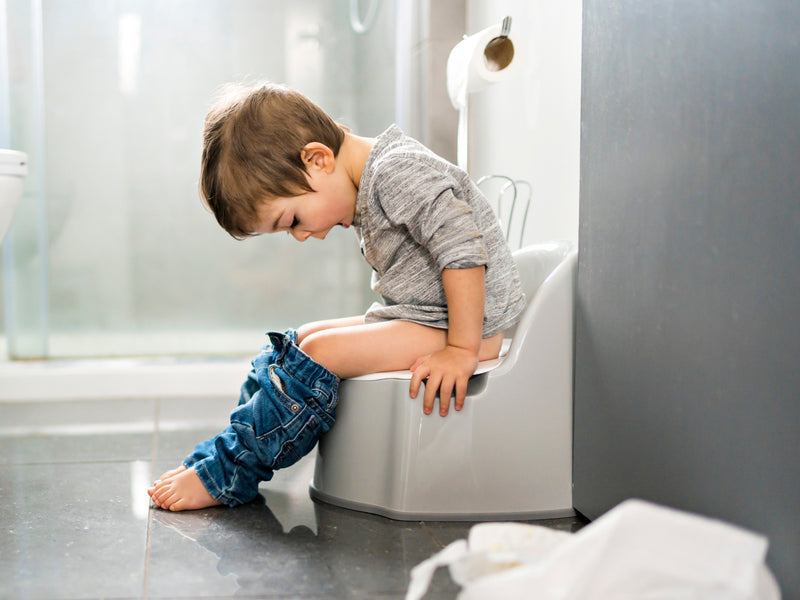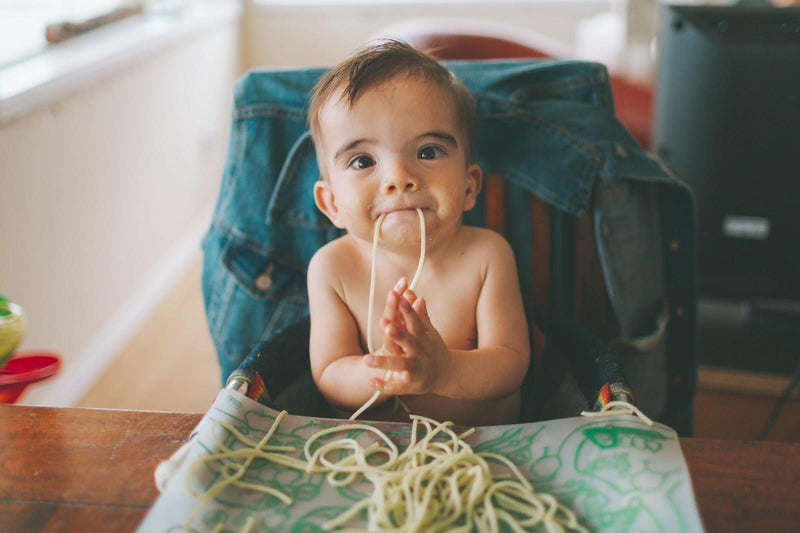
Can you make your own cloth diapers?
Cloth diapers are a brilliant alternative to disposable diapers. Not only are they better for the environment, they are also softer on your baby’s skin and can be cheaper than the disposable diaper option.
Although there is, of course, a market available for cloth diapers, there is also the option to make them yourself. If you want to be in complete control of the materials that are going to come into contact with your baby’s skin, making your own cloth diaper is a brilliant option.
There are many options available for ready-made cloth diapers, as not everyone has the time on their hands to invest their free time on cloth diaper sewing and crafting. If making your own cloth diaper is not for you, but you still want the environmentally and cost conscious alternative to disposable diapers, take a look here to see a brilliant range of ready-made cloth diapers.
However, if you think making your own cloth diaper is the right option for you and your baby, and you’re ready to take on a sewing project, keep reading to find out exactly how you can go about creating your own cloth diapers.
Everything you need to know about washable diapers
What fabric should I use to make cloth diapers?
There are a few different fabrics that you can use to make your own cloth diapers. The most important feature of whichever diaper fabric you opt for is its absorbency capacity. Obviously, absorbance is the most important factor in choosing your material as it needs to be able to deal with whatever your baby has coming its way.
The most common types of absorbent fabrics include cotton, linen and hemp, which all come in different forms, although all of which are natural fibers, hence good for your baby’s skin. Although you can go to a fabric store and pick out these kinds of materials with the specific cloth diaper pattern that you want, if you want to keep the cost down, you can always repurpose material that you have in your house.
For example, you can use some old flannel sheets that you no longer use for your cloth diapers. Alternatively, you can use some old towels or t-shirts that you have lying around. As long as the surface area is big enough and it’s an absorbent material, you can really use whatever you have available to you.
In addition to these fabrics, you will also need some form of liquid absorbing batting that can be used as inserts and some strong, high quality elastic to complete the materials needed to make your own cloth diapers.
How to make newborn cloth diapers
Material needed
Here’s a quick recap of everything you will need:
1 yard of fabric per diaper
Material for your insert (some form of absorbent batting)
- Just under one yard of elastic per diaper
- 10 inches of velcro per diaper
- Scissors
- Sewing Machine
- Pen or Chalk (to mark your fabric)
- Paper (to create a template of your design)
- Pins
Make sure you have an abundance of all of the above materials and equipment. Although not overly complicated, if you do mess up along the way, you want to be sure that you have extra material to try again because the final product will definitely be worth it.
If you already have all of the material and equipment needed, now is the time to start your crafting journey to make your very own cloth diapers. Below is the method you will need to follow for the successful creation of reusable diapers.
Method
1.Draw out your pattern
The first thing you need to do is draw out a template so that you can follow this when cutting out your actual fabric. The template is actually very simple to draw out, you just need to make sure you have the correct measurements that your baby will need so that the diaper size fits your newborn.
As everyone’s baby is different, every diaper will be a different size to create the optimal comfort for your baby. This is a luxury not afforded with store-bought diapers which all come in regimented sizes and do not account for the differences from baby to baby.
Once you have all the relevant measurements, it’s time to draw the template. The basic shape for a diaper is similar to a T shape. Draw out your shape and round off the edges, whilst also adding some smaller rounded edges to the bottom.
2.Cut your fabric
Now that you have your template, you can use this to cut out the actual fabric. Simply lay the template on top of the opposite side of the fabric that you want to show. If you want the patterned side to show, place your template on top of the opposite side.
Once the template has been appropriately placed on the fabric, trace around it and cut it out. Repeat this step four times, so you have four identical pieces of fabric. The fabric that you use does not have to be the same for all four pieces, just ensure they are all the same shape and size.
You will end up with two pieces of fabric for the outside of your diaper and two pieces of fabric for the inside of your diaper.
3. Cut and sew your insert
Next up you have to cut and sew the batting that is going to go on the inside of your diaper. For extra protection, fold your square piece of batting into thirds and pin it to one of your inside fabric pieces to secure it in place.
Once it is in place, set your sewing machine to a zig-zag stitch and sew your batting insert to one of your inside pieces of fabric.
4.Layer up your fabric
It’s time to assemble your diaper. Arrange the pieces of fabric in the following order:
An inside piece facing up, then an outside piece facing up, then an outside piece facing down and finally an inside piece facing down.
Pin these layers together and use your sewing machine to sew along the edge of the diaper. You want to sew around and inch in from the edge in order to create a seam. Make sure you leave the shorter end open so that you can turn it inside out.
Once it has been sewn together, turn it the right side out to check if it looks good. Now is your chance to cut away any excess material and re sew any areas that need it.
5.Sew in your elastic
Make sure your diaper is inside out in preparation for sewing in the elastic. Mark out the distance between which you want your elastic to be sewn in. Once you have this marked out, you can go ahead and sew the elastic to your fabric.
6.Sew the diaper shut
Once your elastic has been sewn in place, you can turn the entire diaper right side out and close the remaining open edge. Simply tuck the edges in and pin it in place to allow you to go along the edge with your sewing machine.
7.Secure the velcro
By this point, you have the bulk of your diaper made and it’s beginning to look impressive and store-bought diapers. The final step that ensures its functionality is attaching the velcro to the diaper.
Velcro comes in a hook and loop system, with the hook section being the coarser side and the loop being the softer side. You need both of these sections for the velcro to function. Measure the hook side along the top of the front of the diaper and measure the loop along the short tabs.
Sew these into lace with a sturdy zig-zag stitch and your handmade cloth diaper is ready for use! Congratulations, you made a diaper from scratch!
Cloth diaper aftercare
Now that you have created a beautiful cloth diaper by hand, it’s important that you know how to properly take care of it to make sure it lasts all the way up to the time your baby is potty-trained and ready to leave diapers behind.
Getting into a routine to wash your diapers is actually relatively easy. Once a diaper has been used and needs a clean, you simply wash away anything that has been left in the diaper and put it in a wet bag until you have enough to do a load of laundry. Then, you just put them in the washing machine and wash them as you would any other clothes.
How much does it cost to make cloth diapers?
Reusable diapers are cheaper than disposable diapers in the long run. However, the initial investment in reusable diapers is quite significant, and can reach anywhere up to $ 400 to get started.
Making your own cloth diapers is a brilliant way to reap all the health, logistical and environmental benefits of reusable diapers without having to add the added complication of high start-up costs.
The actual cost of making your own cloth diapers really is up to you. You could choose to invest in high-quality organic material with intricate patterns which would obviously cost you a little more or you could keep the cost down by recycling materials that you have around the house.
Shop for newborn cloth diapers




